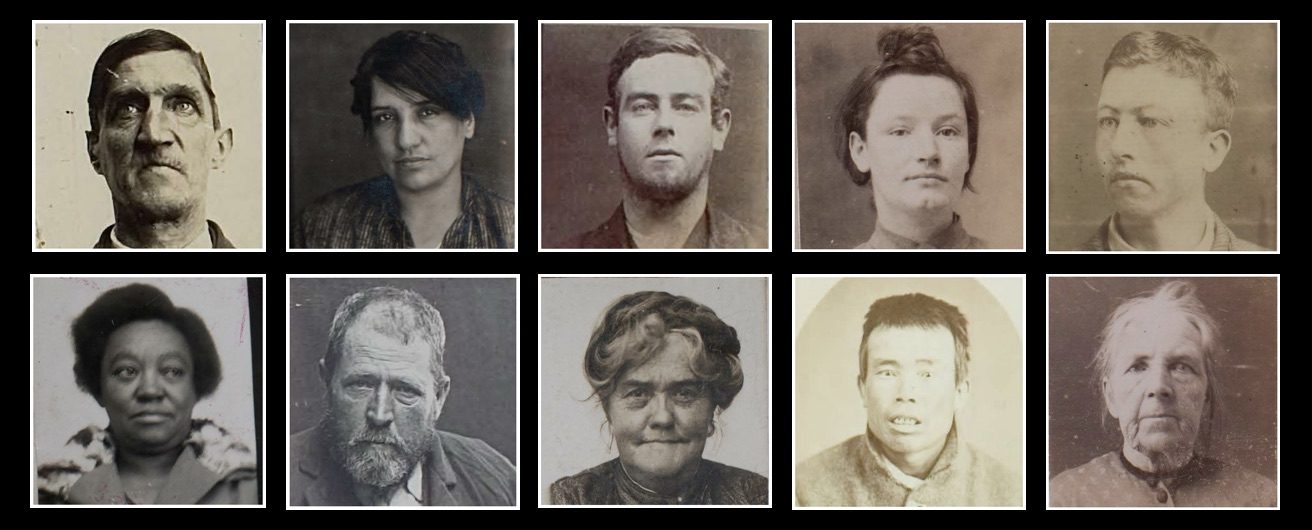Crime has been central in shaping the history and society of Australia. This research project aims to transform understandings of criminal offending by capturing the first large-scale data on the life histories and offending patterns of Australian criminals across a period extending from the end of the convict era to the beginning of the Second World War.
The creation of this dataset will bridge gaps between historical knowledge of crime and contemporary criminological research by providing insights into the contexts and patterns of offending across a period that saw significant legal and social developments, including mass migrations, changing technologies, war, economic depressions, the emergence of the narcotics traffic, and the evolution of new forms of punishment. By revealing untold stories about the lives of people who committed crimes in Australia across time, this project will make a significant contribution to the fields of history, criminology and law, as well as the work of family and local historians.
How did the changing social, political and economic landscapes of the late nineteenth and early twentieth century affect individual involvement in criminal offending? Are the people revealed by the records the sorts of characters that the public expect? Or will there be surprises?
In short, who committed offences, and why? This project will investigate these questions by enabling members of the public alongside researchers to transcribe the records of tens of thousands of persons imprisoned from the 1850s through to 1940.
If this sounds like interesting or valuable work to you, head over to Transcribe now!
Supporters
This project has been supported by a grant from the University of Technology Sydney through its Chancellors Postdoctoral Research Fellowship scheme. The project is being hosted by the Australian Centre for Public History at UTS.
The images for transcription have kindly been supplied by the Public Records Office Victoria.
